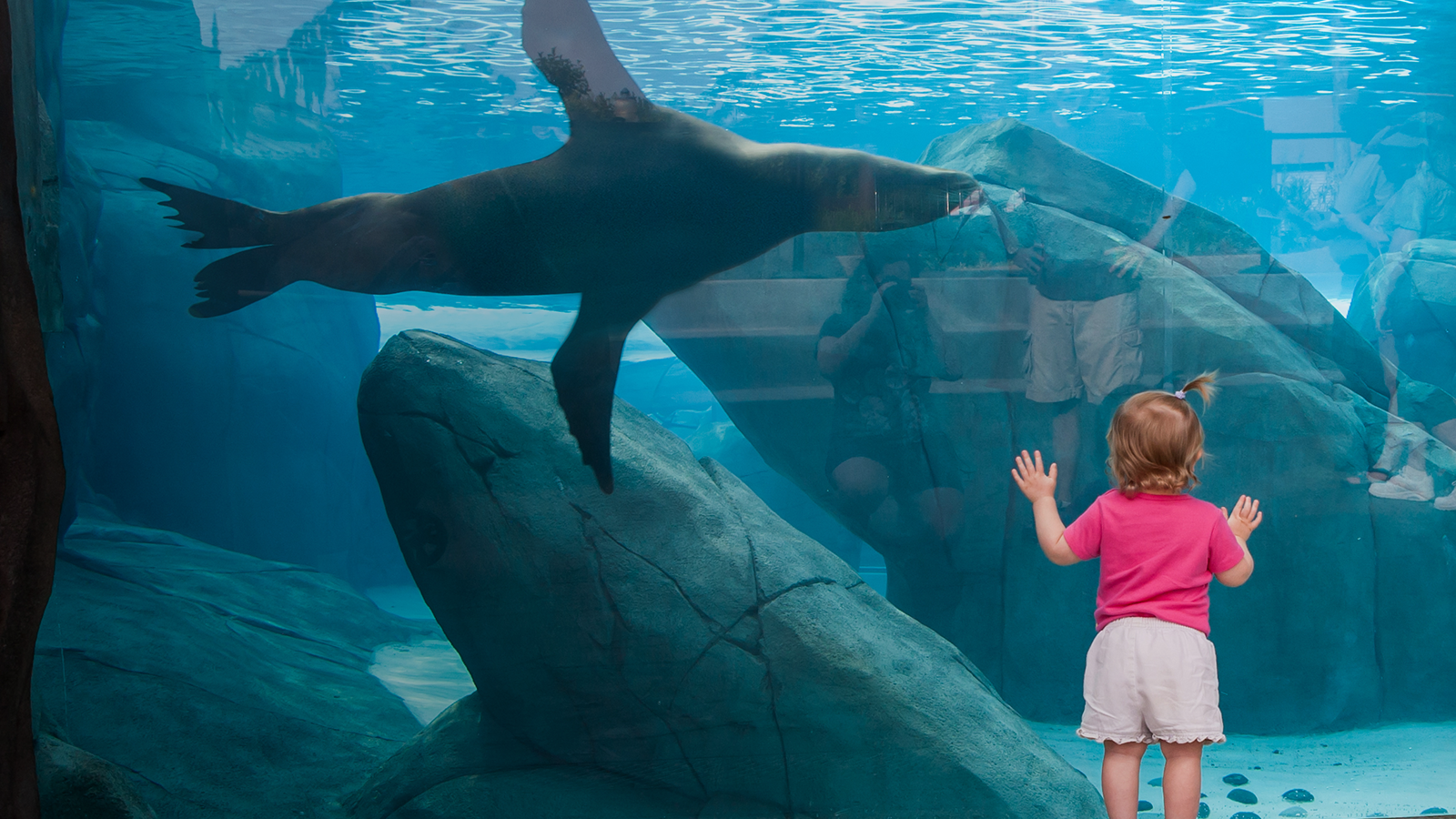
Sustainability at the Saint Louis Zoo

Conserving animals and their habitats is a core mission of the Saint Louis Zoo. We have a commitment to making our campus and operations sustainable as part of our conservation mission. We have made great efforts to reduce our environmental footprint, reduce greenhouse gas emissions and protect natural resources. Learn about our sustainability initiatives and goals!
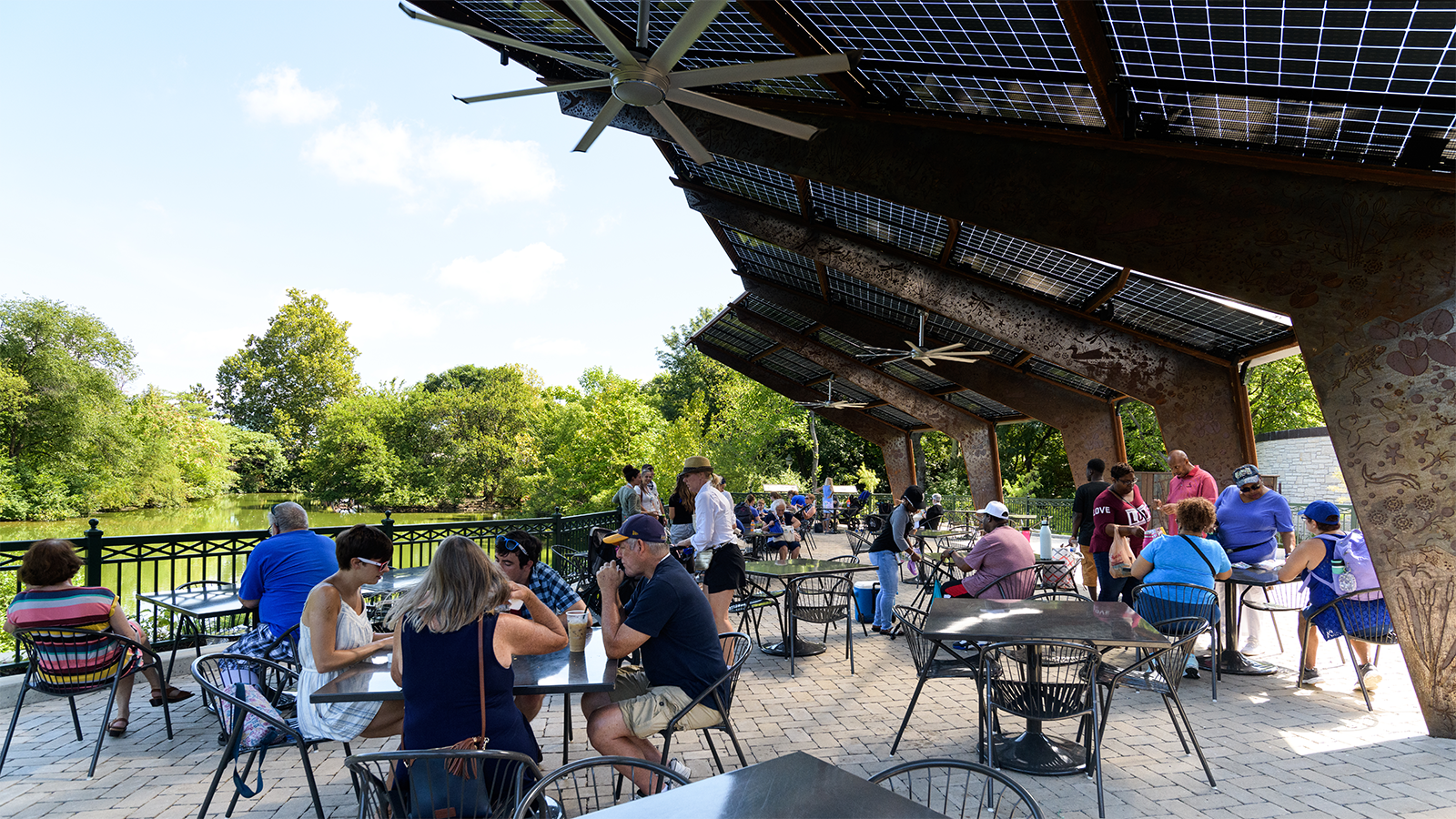
Energy and Emissions
The Zoo has invested a lot of time renovating lights to LEDs, installing energy-efficient equipment and upgrading energy systems to reduce consumption. Renewable energy helps the Zoo reduce climate impacts by using clean sources to power buildings. A geothermal energy system at the Endangered Species Research Center & Veterinary Hospital provides some of the heating and cooling in that building without fossil fuels.
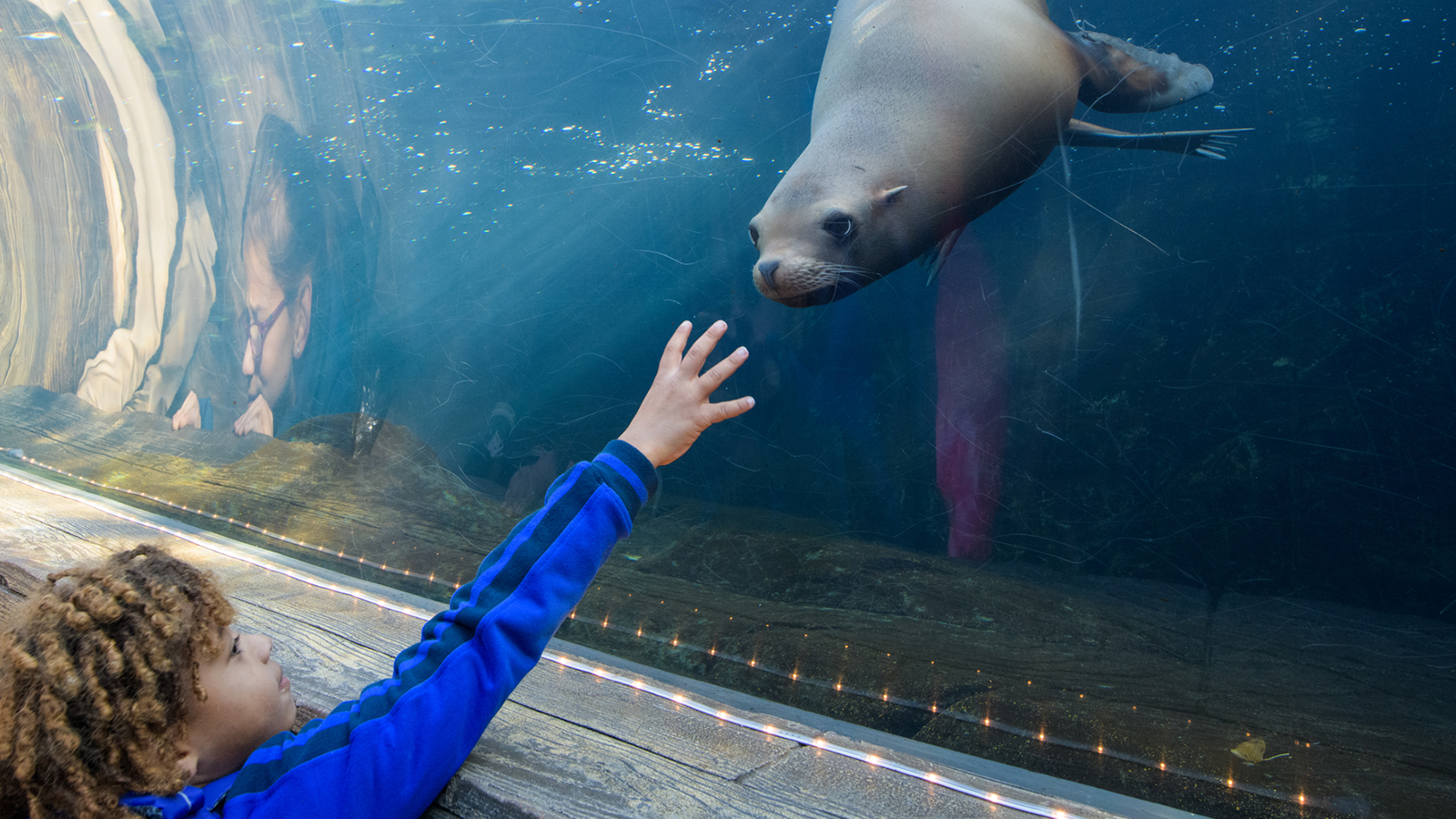
Water
Since 2005, the Zoo has reduced water use by 65% over initial baseline! This savings resulted in over 1 billion gallons saved. One-hundred water meters have been installed, which provide valuable information for reducing consumption. Our water habitats like the Judy and Jerry Kent Family Sea Lion Sound, Anheuser-Busch Hippo Harbor, and Penguin & Puffin Coast have extensive life support systems that recycle water through filtration. The systems reduce water use while providing great water quality for our animals. Previous paving and rain gardens throughout the Zoo allow rain to percolate back into the ground instead of running off into the sewer system. Rain barrels in several locations collect rainwater to use for irrigation.
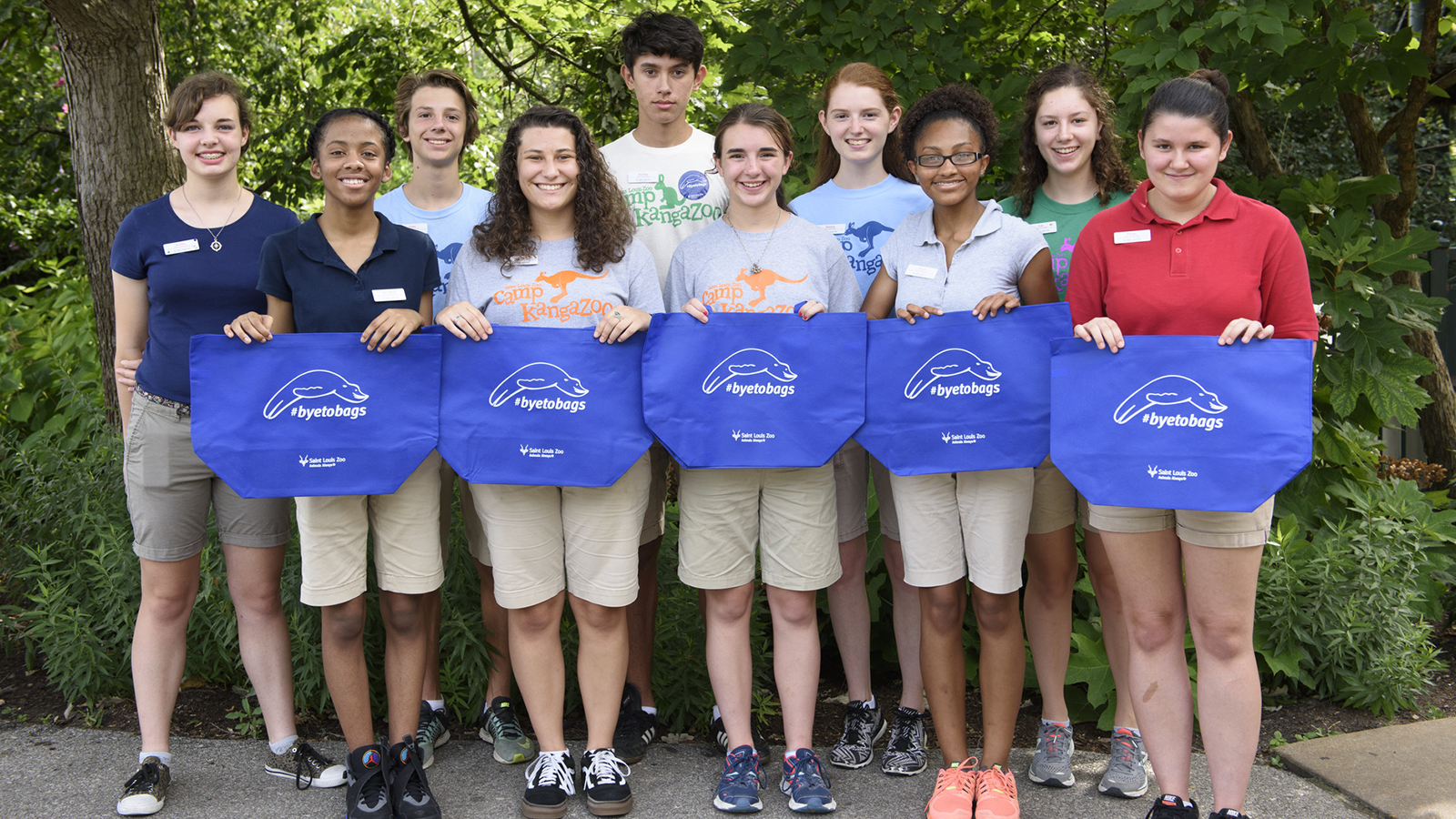
Materials and Waste
The Zoo diverts over 50% of waste from landfills each year! Composting is the largest percentage of waste diversion, comprised of over 2 million pounds of animal waste, bedding and restaurant waste. Reducing single-use plastic in our operations through eliminating straws, cup lids and plastic bags in retail shops is an important focus. The Zoo’s #byetobags program, run by Zoo ALIVE teen volunteers, encourages othersto choose reusable bags when shopping.
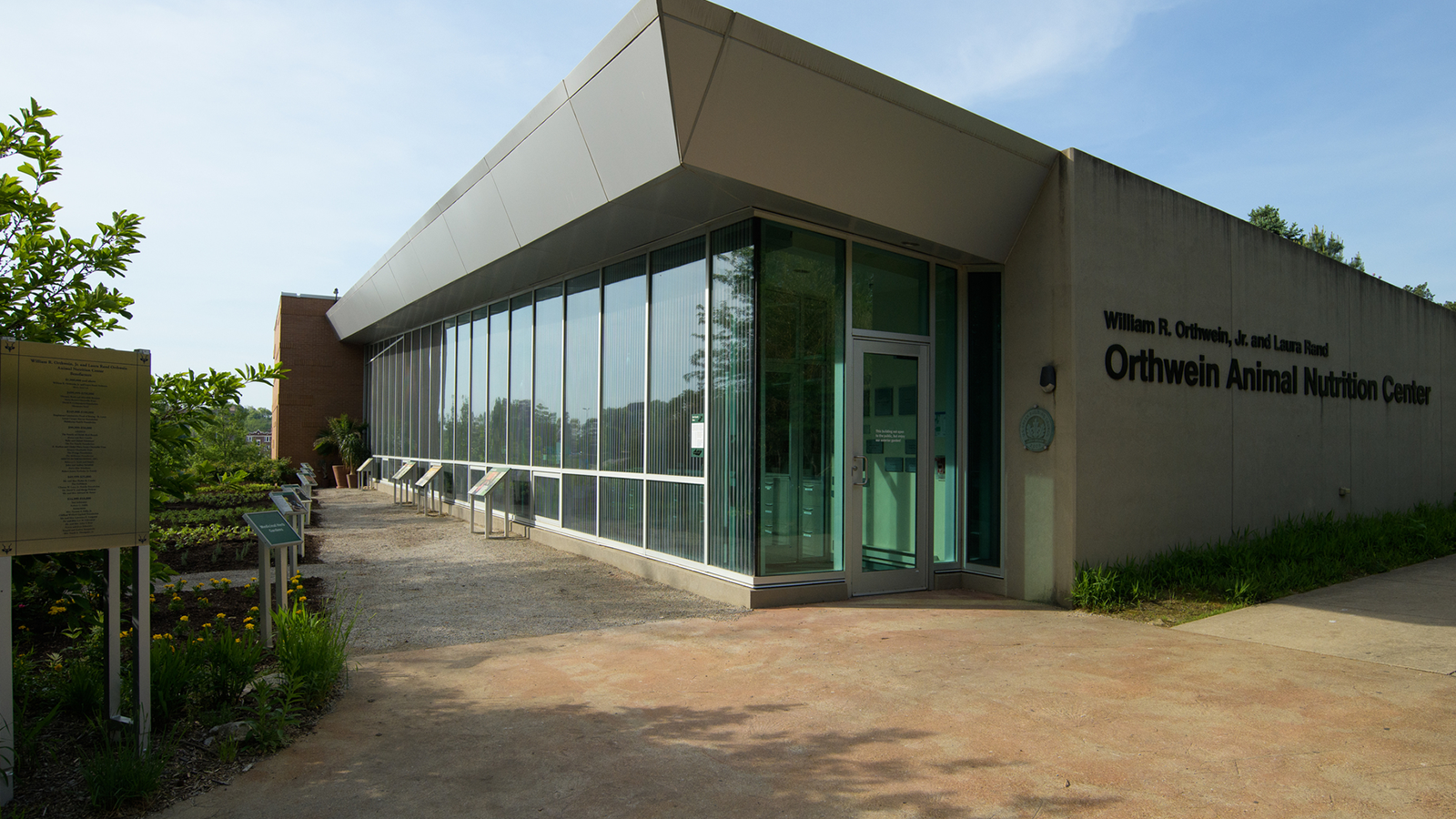
Green Buildings
Green design and construction practices are incorporated into projects. The Zoo has two U.S. Green Building Council LEED Silver certified facilities: the Orthwein Animal Nutrition Center and Candy Crossing. The 5,500-square-foot green roof on the Animal Nutrition Center provides energy efficiency while providing valuable wildlife habitat and stormwater management. Bird-safe glass is used around the Zoo to prevent bird collisions with glass, a top threat for birds. Applying striped or dotted pattens onto glass allows birds to see the otherwise transparent surface as a barrier that they cannotfly through.
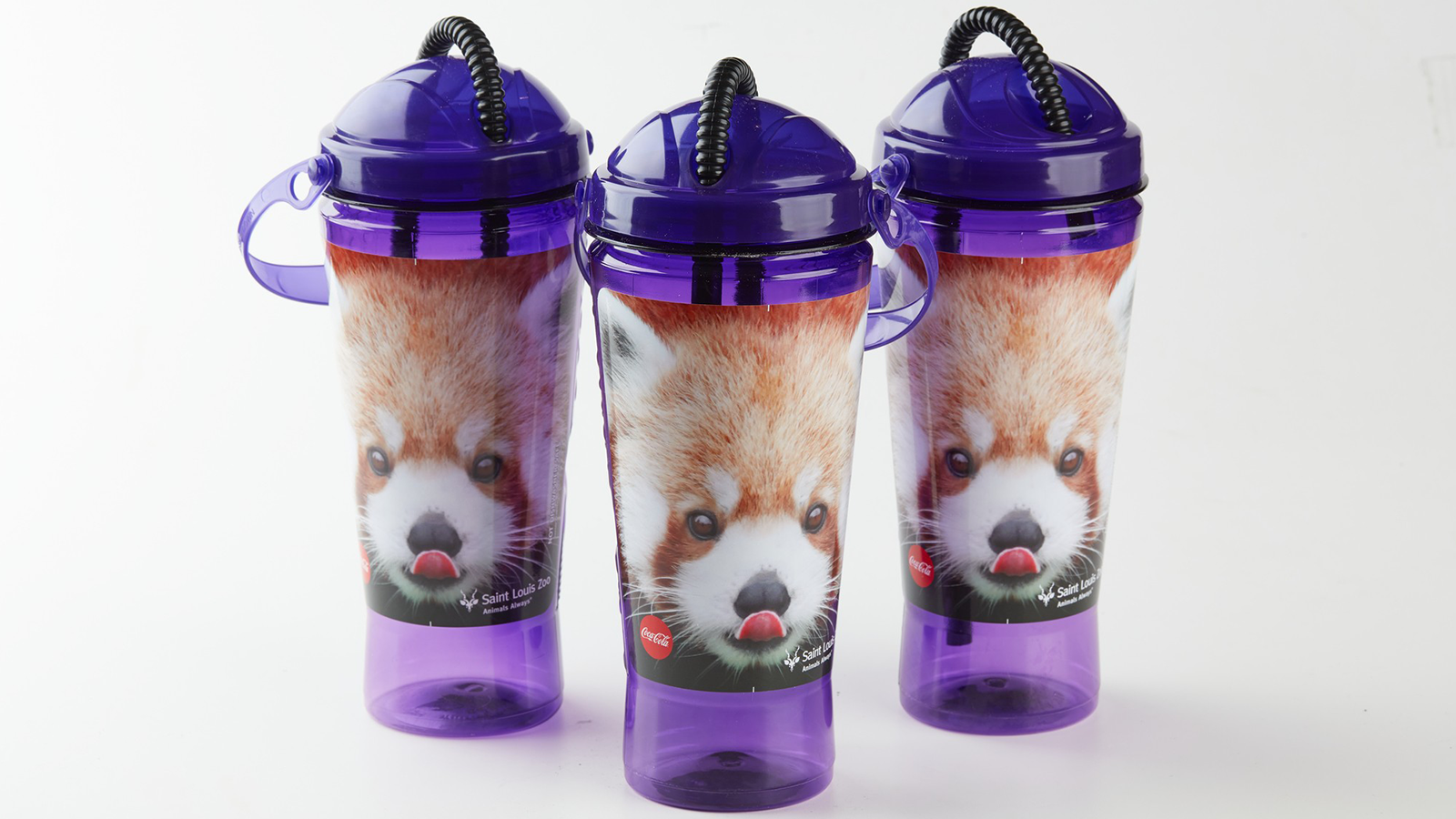
Restaurants
Cafe Kudu and Lakeside Cafe are proud 5-Star Green Dining Alliance (GDA) certified restaurants. The GDA program provides a thorough assessment of all restaurant operations from energy, water and waste initiatives to food offerings. The Zoo’s reusable sipper program reduces single-use plastics and encourages guests to bring back their reusable cups for refills at a discounted rate.
Climate Change Position Statement
As a conservation organization, the Saint Louis Zoo has a responsibility to constructively engage in climate change solutions.
Tips for a Green Day at the Zoo
- Bring a reusable water bottle and fill up at one of our filling stations.
- Recycle and compost in the provided bins throughout the Zoo.
- Bring your reusable bags when you shop.
- Download the Zoo map on your phone.
- Ride your bike or take public transit.

